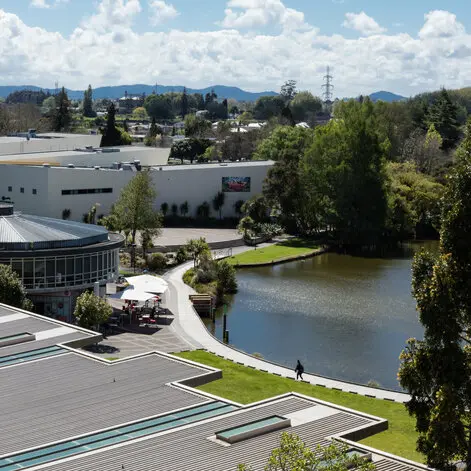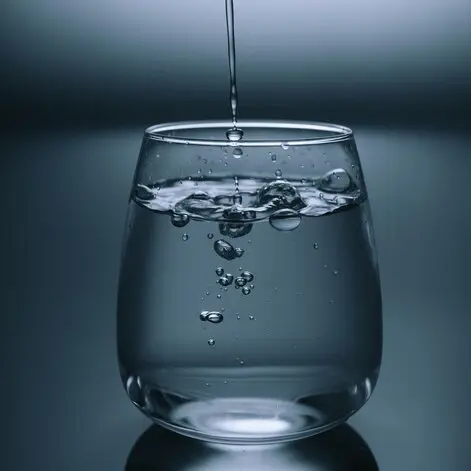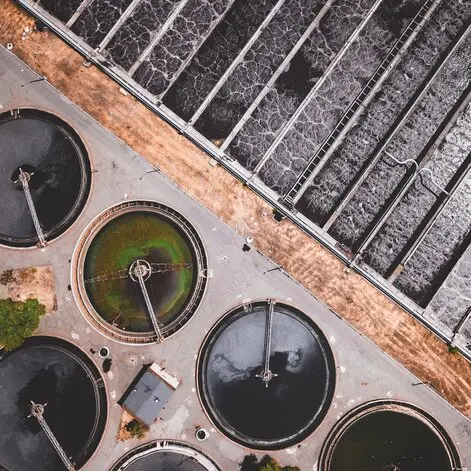Plastic pollution analysis shows New Zealand lakes comparable with Europe and USA
In a global analysis of plastic pollution levels in freshwater lakes, it appears New Zealand has come out punching well above its weight, and not in a good way.
Ensure availability and sustainable management of water and sanitation for all


The 85 water fountains we have across our campuses to ensure our staff and students have access to fresh drinking water.
Backflow prevention (inspected annually) across our Hamiton campus to protect the water supply from potential contamination.
Monitoring and auditing by Hamilton City Council of wastewater from our Science labs and Aquatic Centre.

Our dedicated research group within the School of Engineering focused on providing clean water for communities, businesses and industry.
Our work with NIWA to improve the treatment of wastewater in rural communities.
Our collaborative work with iwi on freshwater issues through Te Waiora (a joint freshwater research institute which is now part of the Environmental Research Institute).

Our new facility in Tauranga dedicated to macroalgal research which will help our people advance their work in wastewater bioremediation with community partners.
Over 40 visits and tours for community and industry groups, schools and journalists in 2022 to our Coastal Research Field Station in Tauranga.
Water management is a key challenge for New Zealand and our wastewater treatment systems are often overloaded. As several of our researchers are discovering, a solution could lay in algae.
This is one example of the applied research that takes place at our Coastal Marine Field Station. We also use the Field Station to showcase our research and educate communities on the practices that we develop. We ran over 40 visits and tours to the Field Station in 2022 ranging from school and community group visits to hosting delegations from government ministries and regional agencies and associations.
Our Campus Masterplan (page 12) identified several opportunities to enhance the existing catchment, waterways, and lakes, and increase native planting. Principles outlined in the plan identify work towards the ecological enhancement of waterways, lakes and wetlands and prioritise ecological stormwater catchment systems, including reducing the amount of hard-paved areas. In our recent major building projects, the Tauranga CBD campus and our new landmark building on the Hamilton campus, The Pā, rainwater is collected off the roofs for greywater use.
The University of Waikato has a detailed Property Services Standard Brief to make sure the best energy, environmental and sustainable practices are adopted for campus design and construction. We are committed to minimising water use wherever possible, and the Design Team is continually seeking new sustainable opportunities.
Digital Mbus meters are required to be installed wherever appropriate on all major services. This means the water supplied is metered and communicated back to the Building Management System (BMS) by way of BACnet technology. Special attention is paid to fitting selection when considering general water installation, and water is to be re-used wherever possible. To minimise water use at all points appropriate, restricted volume taps and low-flow or dual flush toilets are also employed.
We have over 2,500 trees (excluding plants under 3 metres) on our 65-hectare Hamilton campus. Over 2,000 of these are native and therefore adapted to local rainfall conditions.
Our Hamilton campus has three lakes, the edges of which host a wide range of wetland plants; our native fern collection includes more than 70 New Zealand ferns. We have established eco-sourced plants from the Waikato Basin which feature below Gate 10.
Leading freshwater scientist Dr Deniz Özkundakci has made a valuable contribution to the management of lakes across the Waikato region over the course of his career, with a special focus on mitigating the impacts of agriculture. In 2020 he developed a strategic framework to improve modelling for environmental decision-making and in late 2021 he was appointed to the role of Toihuarewa - Waimāori Bay of Plenty Regional Council Chair in Lake and Freshwater Science. In this role he will guide the extensive work being done to protect and restore water quality in the 12 Rotorua lakes for the enjoyment and use of present and future generations. The Rotorua Te Arawa Lakes Programme is a partnership with Rotorua Lakes Council, Te Arawa Lakes Trust and Bay of Plenty Regional Council with funding from the Ministry for the Environment.
You are currently viewing the website as an international visitor, you might want to change to domestic.
You're an international student if you are:
You're a domestic student if you are: